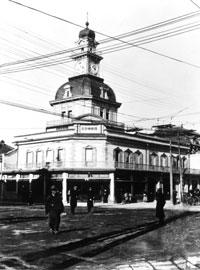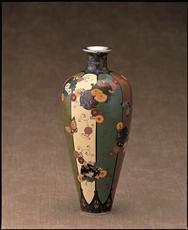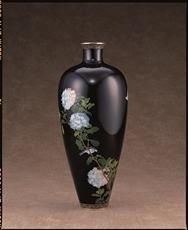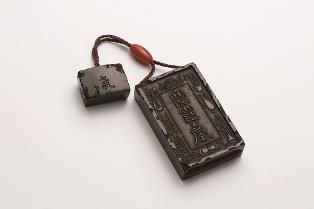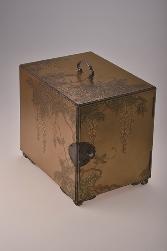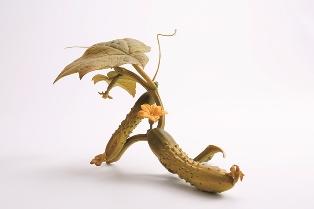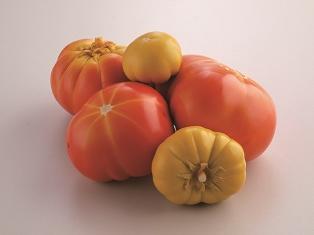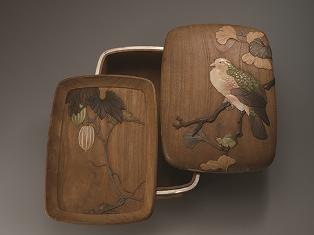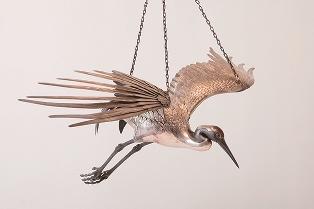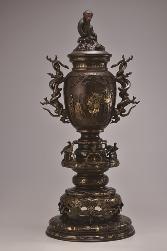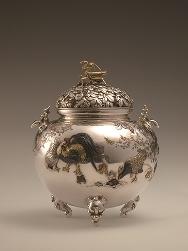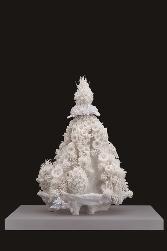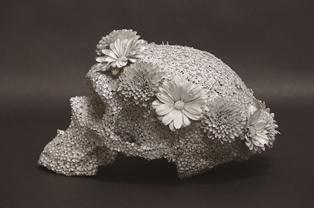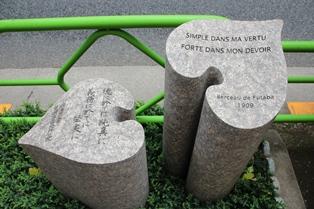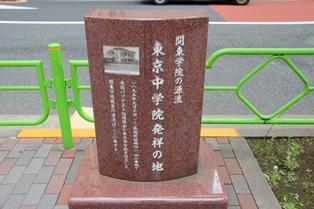September 13 I tried visiting Tokyo Tsukido for the first time in a long time. We will have a light lunch on the second floor. I was guided by a window seat, so I was just below Chuo-dori, but a separate space where I could not hear the hustle and bustle of the street at all. You can choose two types of sandwiches, each sandwiched in croissants.
It was founded in 1872, and it was founded in 145. Matsuzo Yonezu, the head of the Japanese shop curtain division, manufactured and sold the first old-age sugar (chocolate) in Japan with a wealth of research and ideas, and subsequently exhibited biscuits at the first National Industrial Expo in 1876.
He was dissatisfied with being sent to Biscuit with the name of "Kakeshimochi" and kanji. After that, with a recipe from my eldest son who went to San Francisco to study confectionery manufacturing methods, we devised and released one after another high-colored Western confectionery that Japanese people who smelled Civilization and enlightenment, such as cream puffs, Marron Grasse and Marshmallows. In 1877, he moved to the current Ginza 6-chome, where he started French cuisine and curry rice omelets. We offer 8 yen uniform high-cala dishes such as bifteki. According to Hirofumi Yamamoto's "Meiji Gold Account", curry rice was converted from 5 to 7 yen in 1902, and the current price was about 1,000 yen to 1,400 yen, which means that 8 yen in 1877 is quite expensive . Five years from now, it will be founded in 1500 years! It would be fun if you could have a high-cala dish at the time of founding. Yes, it seems that Mr. Sada Matsudaira, who is known for his name, is known for his name. The character of "Kaze" is currently used in Tsukido. *Old letters - characters and typefaces used in the past. It is not currently used
Tokyo
Ginza 2-6-8 Phone 3567-3611
From 10:00 to 22:00
